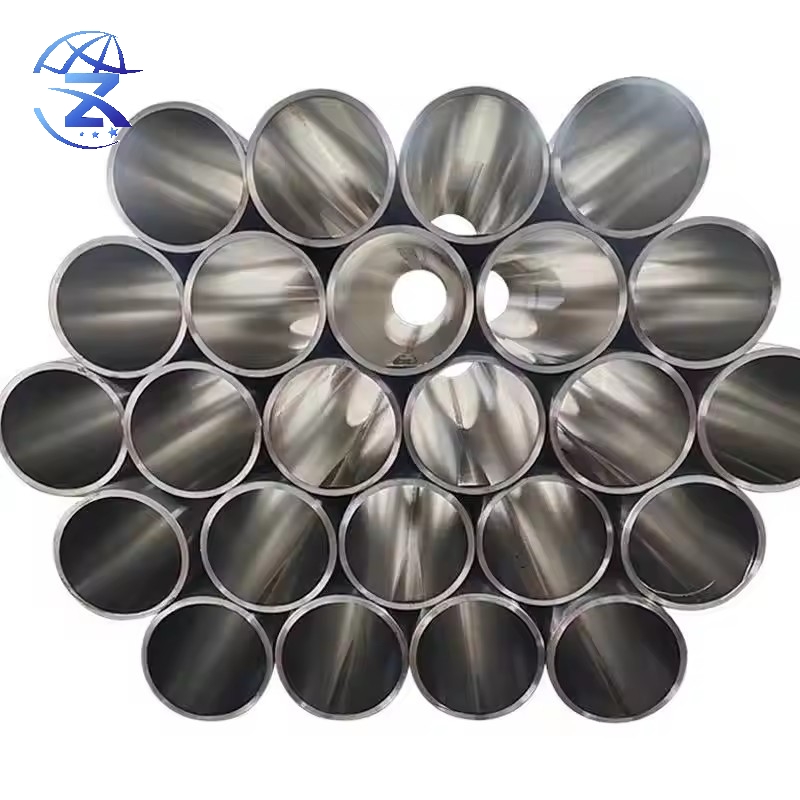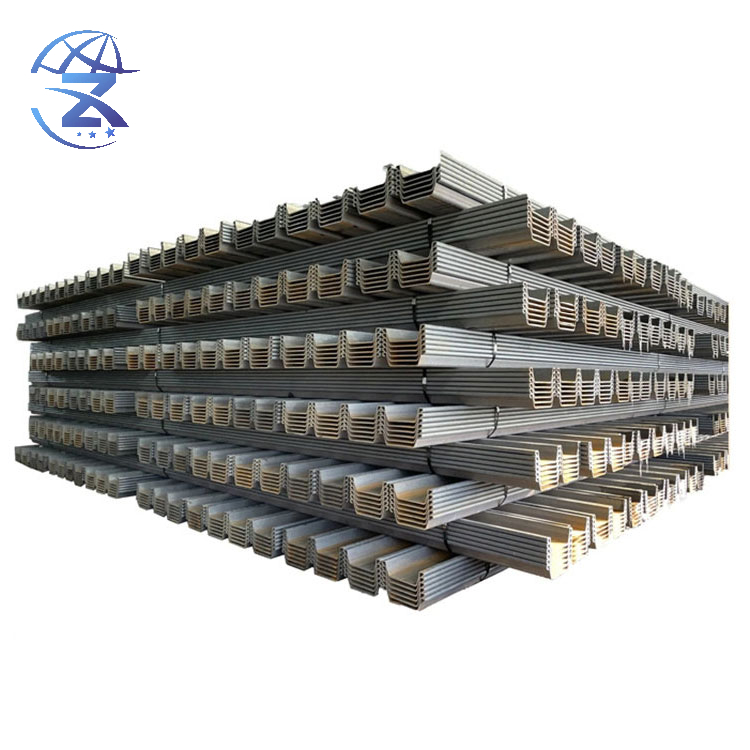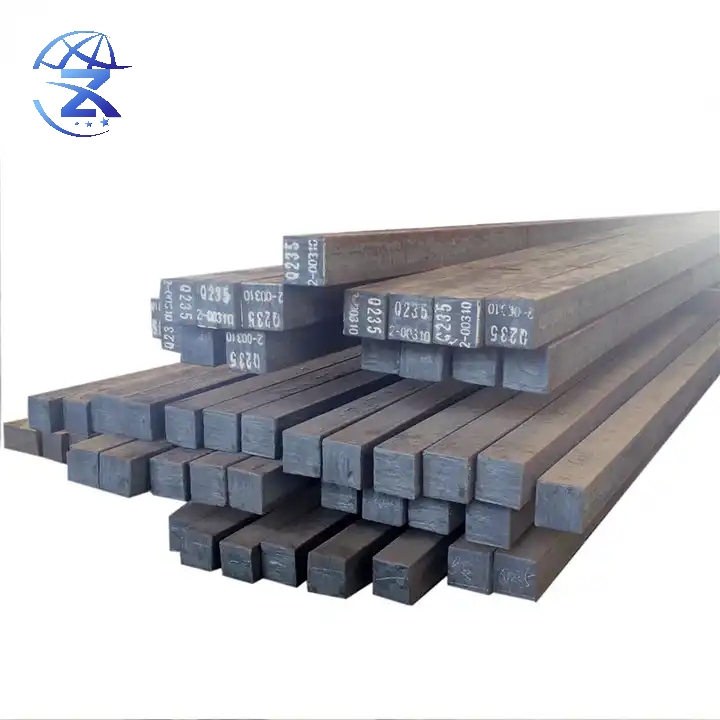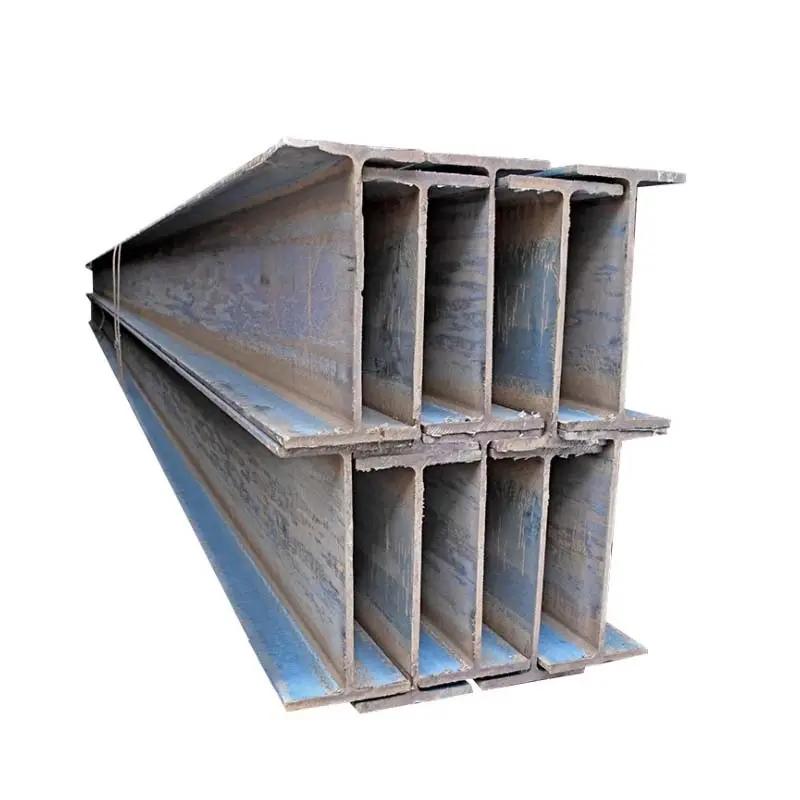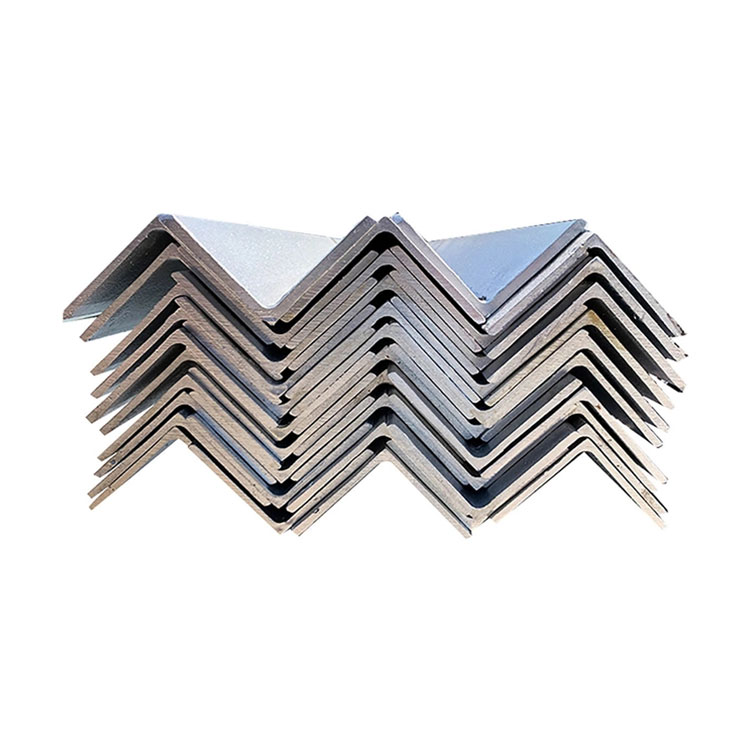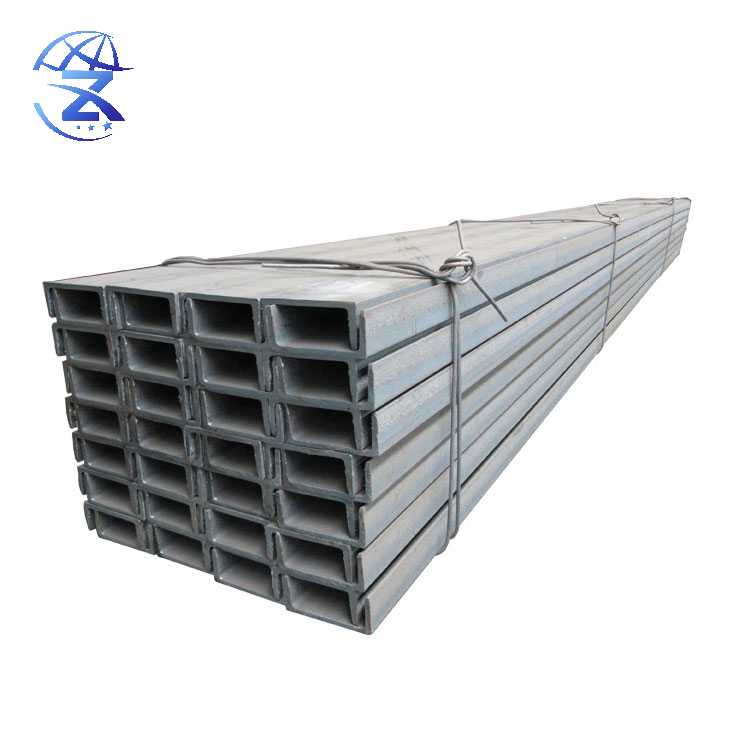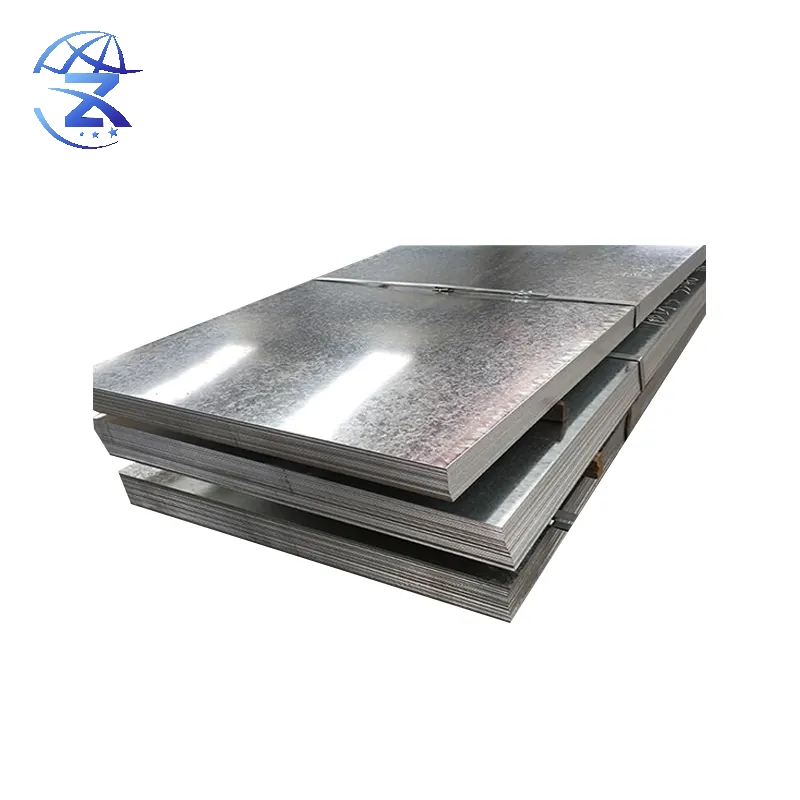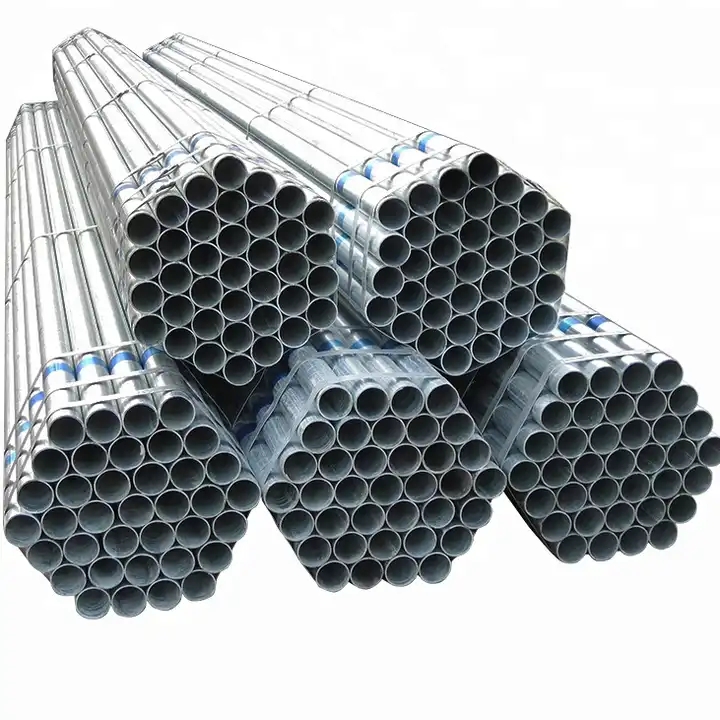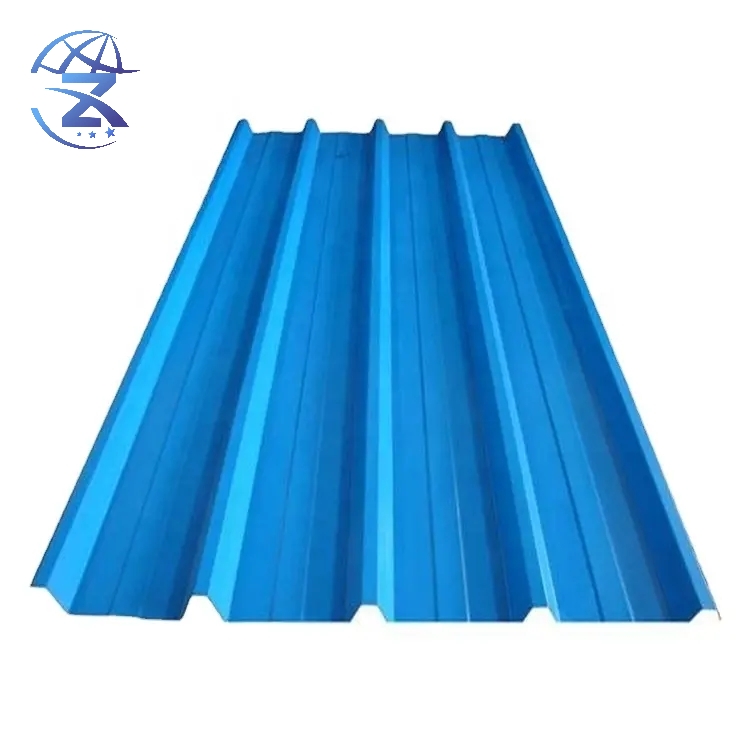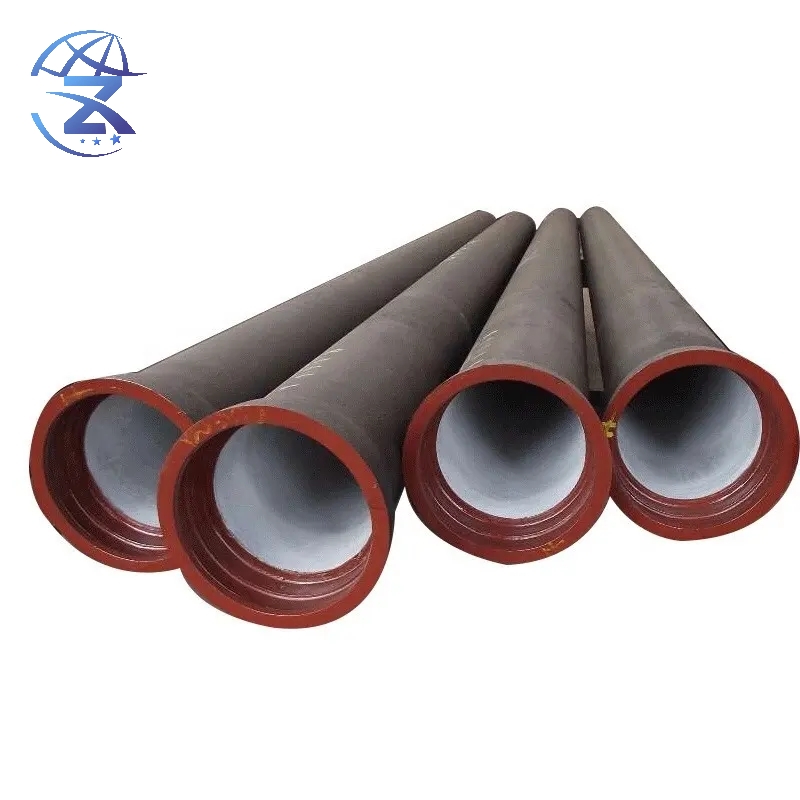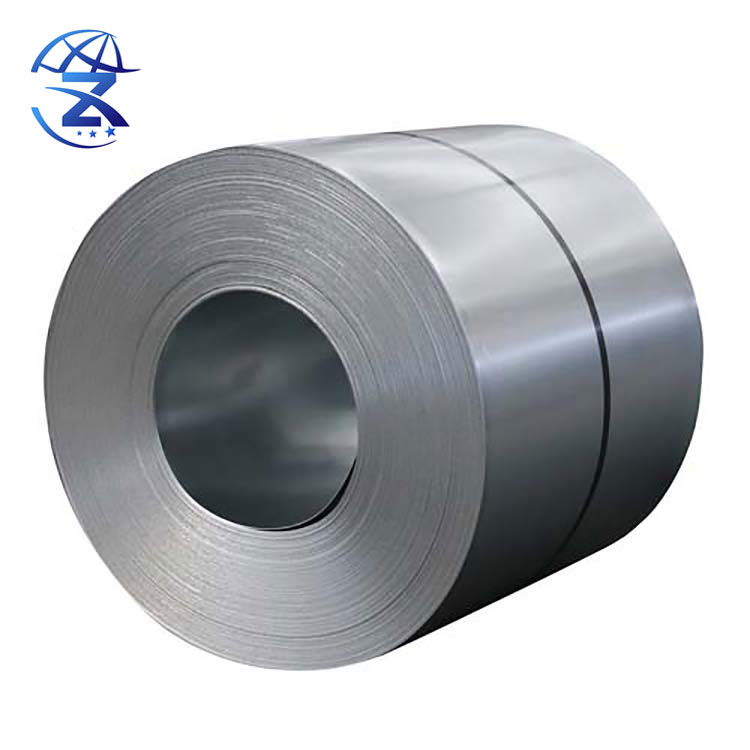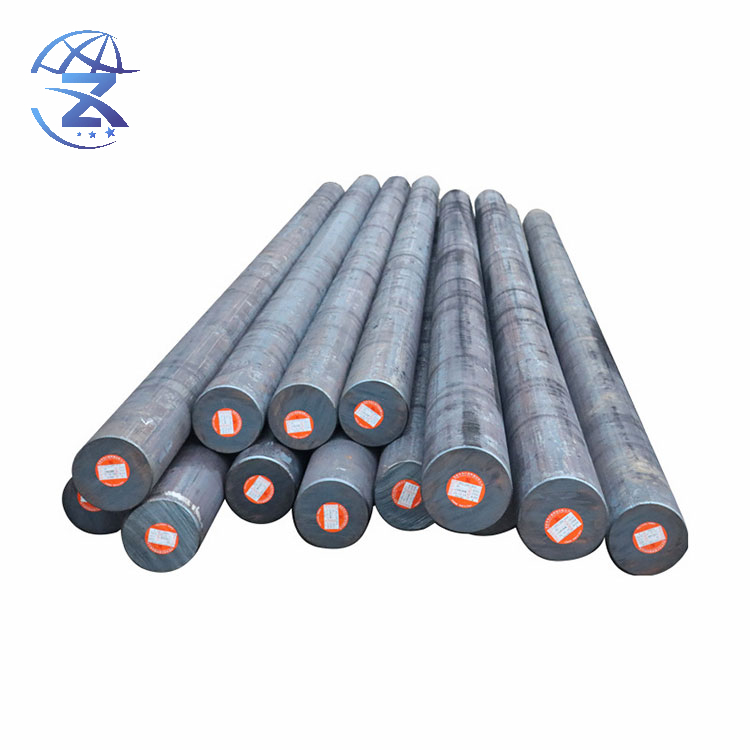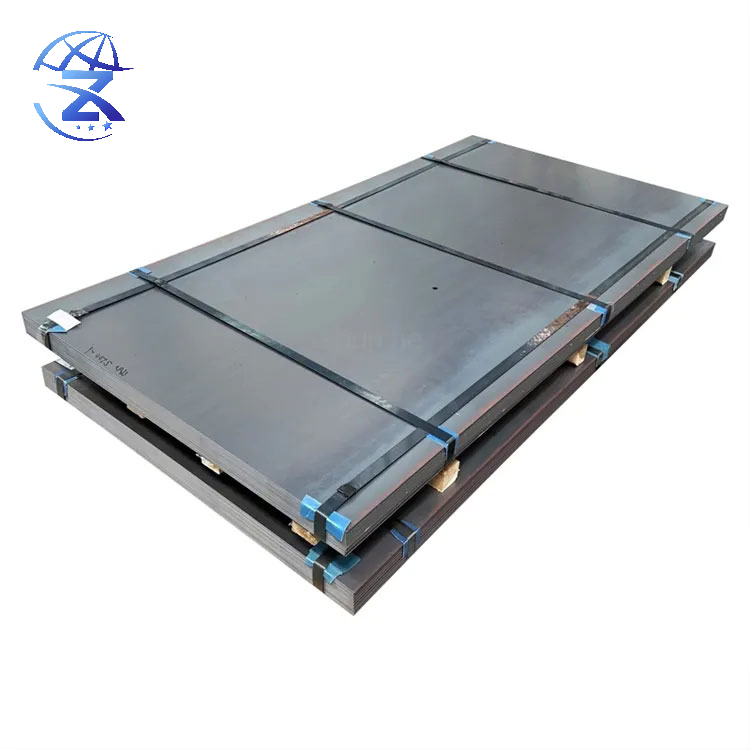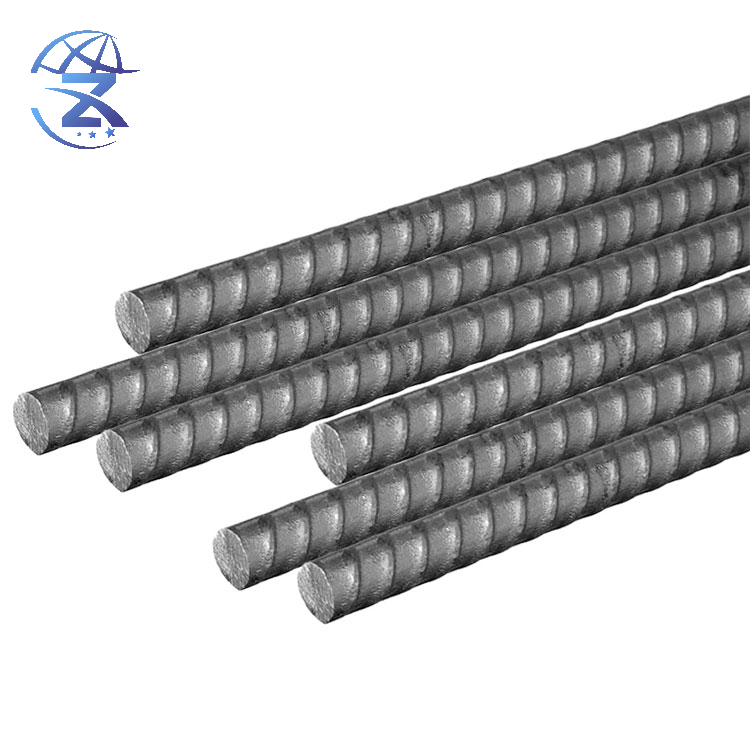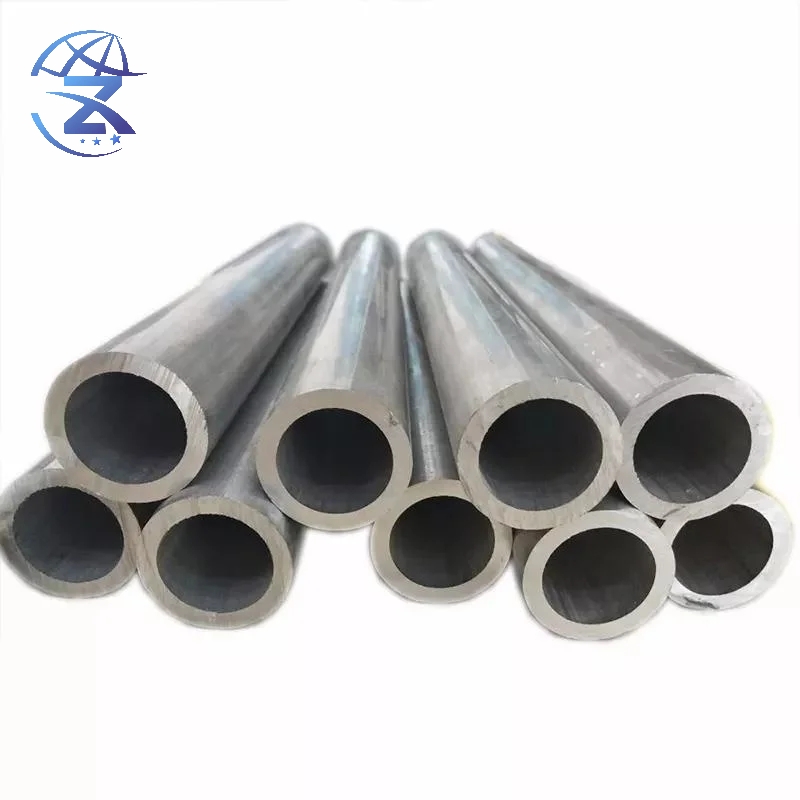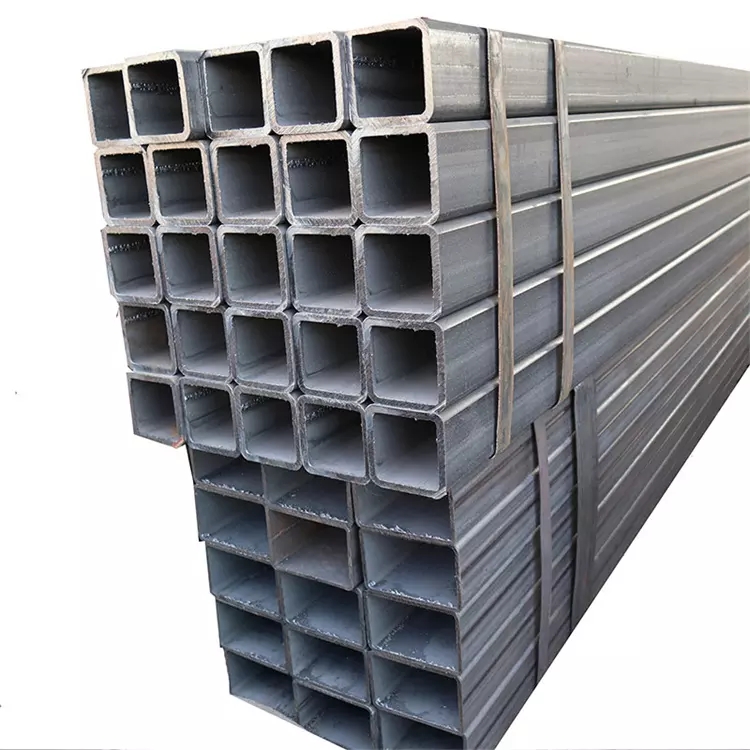PRODUCTS
Product Description
Product Display
I-beam is an economical section steel with better mechanical properties, and its characteristics are as follows: Wide flange and high lateral stiffness. Strong bending resistance. The two surfaces of the flange are parallel to each other, making it easy to connect, process, and install. Compared with general section steel, it has low cost, high accuracy, low residual stress, no need for expensive welding materials and weld seam testing, and saves.

Design of an I Beam
An I beam is designed by using two long-drawn-out planes called flange, connected by a perpendicular component called web. The whole body of this structural member has an I or H-shaped cross-section. Alongside the steel, beams made out of aluminum alloys and low alloy steels also exist to be used for different purposes such as bridges, building frames, etc.
I beams are produced in various dimensions, thicknesses, widths, and other specs for various applications. Customers classify this kind of beam according to their material type and sizes. For instance, a 12-inch in-depth and 20 pounds/foot in weight beam is specified as 12×20. Contractors select appropriate dimensions of beams for their project’s needs. When decisions are being made, the following factors should be considered:
• Deflection. The thickness should be adequate enough for minimizing the deflection.
• Vibration. As little vibration as possible should be aimed when choosing. The stiffness and mass of the beam are important in this regard.
• Bending. The bulk body should be strong enough to withstand yield stresses. Otherwise bending occurs.
• Buckling. Torsional stresses cause I beam to buckle which can lead to undesired consequences. Flanges should be selected accordingly.
• Tension. Selecting an I beam with the right web thickness is vital to prevent rippling or buckling under tension.
I beams are designed to bend rather than buckle when under high load. The density of the beam is non-uniform. Regions, where the axial fibers are located, have a higher density to counterbalance the highest stress point. Beams having a small cross-section area are more ideal since less material is needed without compromising the desired shape.
Advantage
I-beam is an economical section steel with better mechanical properties, and its characteristics are as follows:
• Wide flange and high lateral stiffness. Strong bending resistance.
• The two surfaces of the flange are parallel to each other, making it easy to connect, process, and install.
• Compared with general section steel, it has low cost, high accuracy, low residual stress, no need for expensive welding materials and weld seam testing, and saves about 30% of steel structure production costs.
• Under the same cross-sectional load, the weight of hot-rolled H-steel structure is reduced by 15% -20% compared to traditional structures.
• Compared with concrete structures, I-shaped steel structures can increase their usage area by 6%, while reducing their self weight by 20-30%, reducing the internal force of structural design.
• I-beams can be processed into T-beams, and honeycomb beams can be combined to form various cross-sectional forms, greatly meeting the needs of engineering design and production.

Applications
• For bridges: One of the primary uses of I-beams is in the construction of bridges. Bridges require materials that are strong, durable, and able to withstand high amounts of stress. I-beams are ideal for bridge construction because they can support large amounts of weight over long distances. The vertical web of an I-beam helps to distribute the weight evenly, while the horizontal flanges provide support.
• For buildings: Another important use of I-beams is in the construction of buildings. The use of I-beams in building construction has increased in recent years due to their strength and durability. I-beams are used to create load-bearing walls and support beams, which help to distribute the weight of the building evenly. They are also used in the construction of roofs and floors, providing support for the building's structure.
• For manufacturing and automotive industries: I-beams are also commonly used in the manufacturing and automotive industries. In manufacturing, I-beams are used to create conveyor systems, scaffolding, and industrial equipment. The automotive industry uses I-beams to create car frames and support structures. I-beams provide the necessary strength and durability to withstand the harsh conditions of manufacturing and automotive production.
• For aesthetic purposes: In addition to their structural uses, I-beams are also used in artistic and decorative applications. They can be used as decorative features in building facades or as sculptures in public spaces. The clean lines and modern aesthetic of I-beams make them a popular choice for contemporary design.
Product Inventory
We are a professional steel dealer. With the support of the most professional steel manufacturers and a large number of customers, we can not only provide you with ordinary steel but also help you find very personalized steels, such as special steel grades, Special sizes, special craft shapes,etc.
Packaging and Shipping
We adopt standard export shipping packaging and bundles steel strips according to the size of the steel i-beam. According to our delivery experience, a 20-foot container can hold 22 tons of steel i-beam, and a 40-foot container can hold 25 tons of steel i-beam. For larger orders, we use bulk vessels to transport you, and the price is cheaper. Also, we can customize the packaging according to the needs of customers.
Container size
20ft STANDARD: 5895mm(Length)x2350mm(Width)x2392mm(High)
40ft STANDARD: 12029mm(Length)x2350mm(Width)x2392mm(High)
40ft HIGH-CUBE:12024mm(Length)x2350mm(Width)x2697mm(High)

Online Consultation
Related Products
Leave A Message
If you are interested in our products and want to know more details, please leave a message here, we will reply you as soon as we can.






